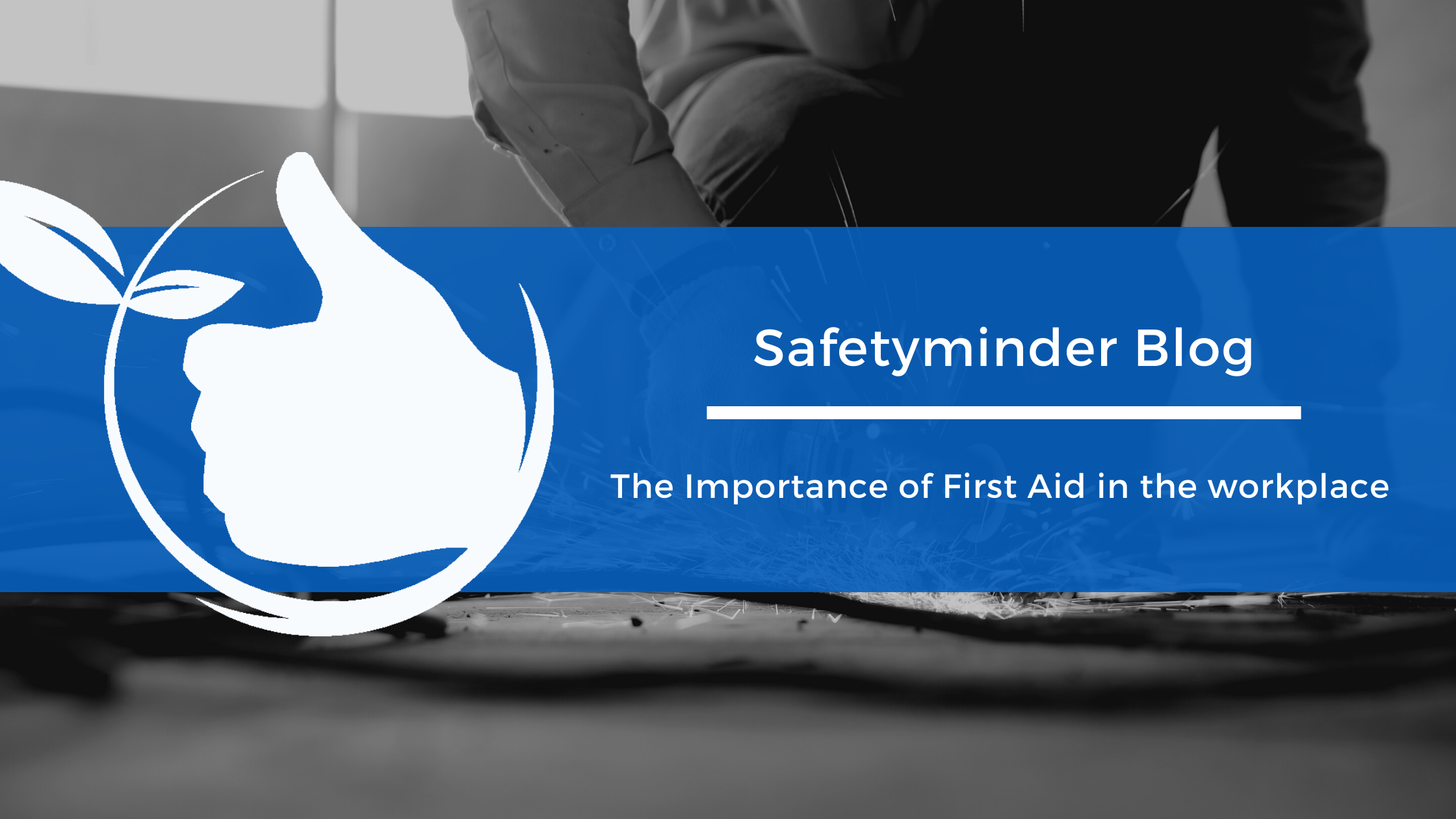
First aid risk assessment
First aid requirements vary from one workplace to another, so you must consider all relevant factors at your workplace when deciding what first aid arrangements you need to have in place, including:
- the type of work being carried out
- the hazards at the workplace
- the size and location of the workplace (for example, the distance between work areas and response times for emergency services) and
- the number and composition of people at the workplace (for example, workers, contractors, subcontractors, volunteers and visitors).
A thorough first aid risk assessment that considers all of these factors will help you to decide what first aid arrangements to provide. Through this process it should become clear what first aid facilities, equipment and training are needed. Review your first aid risk assessment regularly in consultation with your workers to ensure your arrangements stay adequate and effective.
Equipment and personnel
You must give your workers access to:
- first aid equipment and facilities
- trained first aiders.
Keep first aid kits close to areas where there is a higher risk of injury or illness, as well as inside work vehicles if workers are expected to travel as part of their job.
The contents of first aid kits should be based on your first aid risk assessment. At a minimum, they should include equipment for providing basic first aid, but extra equipment may be needed depending on the nature of the work and workplace (for example, in remote areas or where there is a risk of certain serious injuries like burns).
A first aid risk assessment will also help you to decide if a first aid room is needed at your workplace. You should set up a first aid room if it would be difficult to provide first aid at your workplace without one. We recommend in low-risk workplaces a first aid room is provided when there are 200 or more workers, and in high-risk workplaces when there are 100 or more workers.
A trained first aider should hold a nationally recognised statement of attainment from a registered training organisation. Some workplaces may require more specific or advanced first aid training depending on the nature of the work or the workplace. First aiders should attend training regularly so their knowledge and skills are up-to-date.
As a rule of thumb there should be one first aider for every:
- 50 workers in low-risk workplaces (for example, an office)
- 25 workers in high-risk workplaces (for example, a construction site)
- 10 workers in remote high-risk workplaces (for example, a mine).